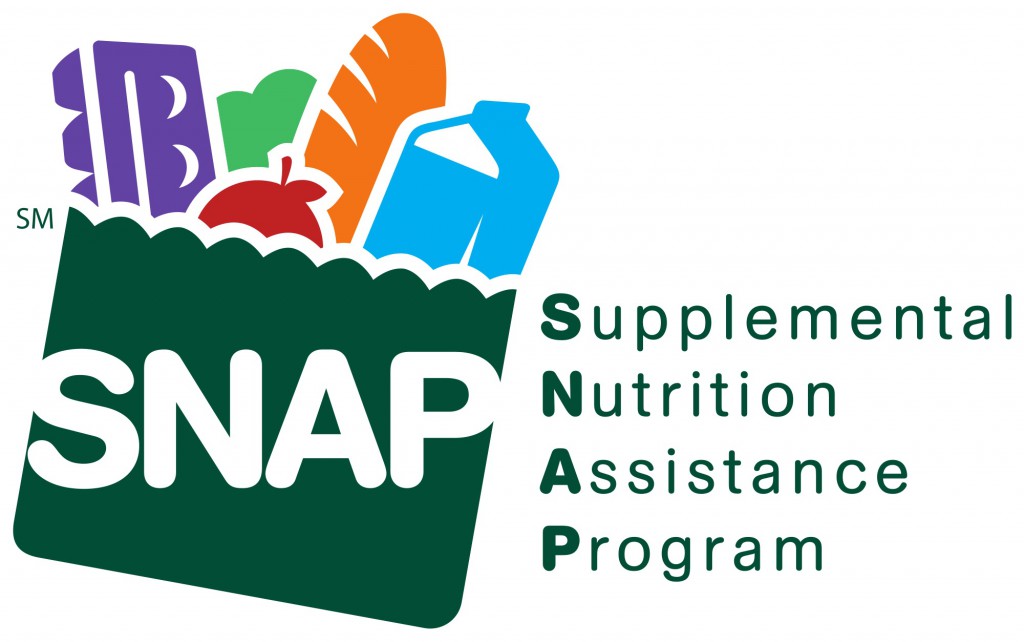SNAP Works for Wisconsin’s Children
Modern version of food stamps is powerfully effective anti-poverty tool, report finds.
The Supplemental Nutrition Assistance Program (SNAP), also known as FoodShare in Wisconsin, helps Wisconsin families put food on the table. But we know now that it accomplishes much more than that.
Research increasingly shows that SNAP, formerly known as Food Stamps, can ward against the long-term effects on children of experiencing poverty, abuse or neglect, parental substance abuse or mental illness, and exposure to violence — events that can take a toll on their well-being as adults. As a new Center on Budget and Policy Priorities report finds, SNAP helps form a strong foundation of health and well-being for low-income children by lifting millions of families out of poverty, improving food security, and helping improve health and academic achievement with long-lasting consequences.
It’s doing all that across Wisconsin. SNAP is improving our children’s futures.
Workers at food banks see first-hand the boost that SNAP gives to children and families. “After a good job, SNAP is the second best hunger fighting tool in our toolbox,” said David Lee of Feeding Wisconsin. “By ensuring that children have the nutrition they need to learn, play and grow into healthy adults, SNAP is an investment in the health and well-being of our children.” Feeding Wisconsin is the statewide association of the Feeding America food banks that sources, warehouses, and provides food to over 750 affiliated agencies and 1,500 local food programs throughout the state.
SNAP delivers more nutrition assistance to low-income children than any other program. In 2016, SNAP will help about 20 million children each month — about one in four U.S. children — while providing about $30 billion in nutrition benefits for children over the course of the year. In Wisconsin, SNAP helps about 339,000 children each month, or about 1 in 4 of our state’s kids.
SNAP’s benefits are modest, but they’re well-targeted to the families that need them the most. While participating families with children in Wisconsin receive an average of $352 each month, those with incomes below 50 percent of the poverty line get $490. That’s one reason why SNAP helps lift more children out of deep poverty than any other government assistance program.
In fact, much of SNAP’s success can be attributed to its design, including a consistent national structure that effectively targets food benefits to those with the greatest need; eligibility rules and a funding structure that make benefits available to children in almost all families with little income and few resources; a design that automatically responds to changes in the economy; and rigorous requirements to ensure a high degree of program integrity.
SNAP is helping to give thousands of Wisconsin children the foundation they need to succeed. Efforts to reform or enhance it should build on its effectiveness in protecting the well-being of our children — and those nationwide — and preserve the essential program features that contribute to that success.
Wisconsin Budget
-
Charting The Racial Disparities In State’s Prisons
 Nov 28th, 2021 by Tamarine Cornelius
Nov 28th, 2021 by Tamarine Cornelius
-
State’s $1 Billion Tax Cut Leaves Out 49% of Taxpayers
 Sep 21st, 2021 by Tamarine Cornelius
Sep 21st, 2021 by Tamarine Cornelius
-
TANF Program Serves a Fraction of Poor Families
 Aug 30th, 2021 by Jon Peacock
Aug 30th, 2021 by Jon Peacock























Justice for Danny Williams.